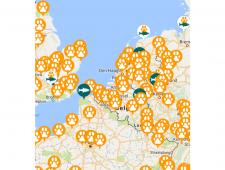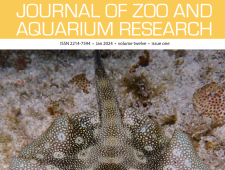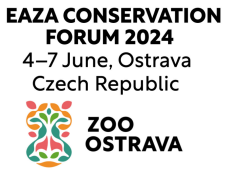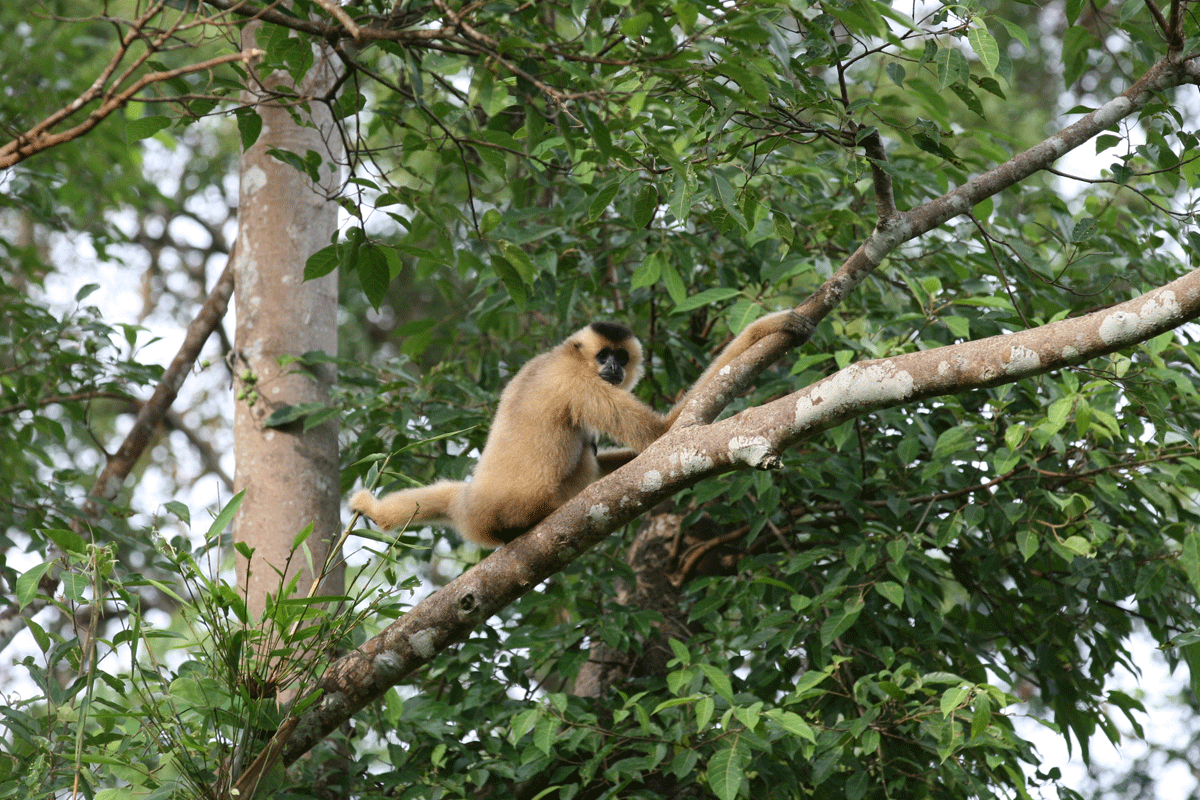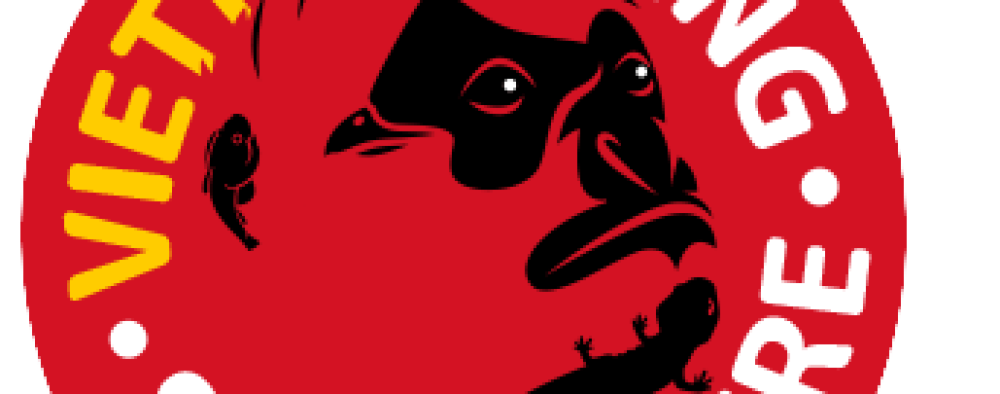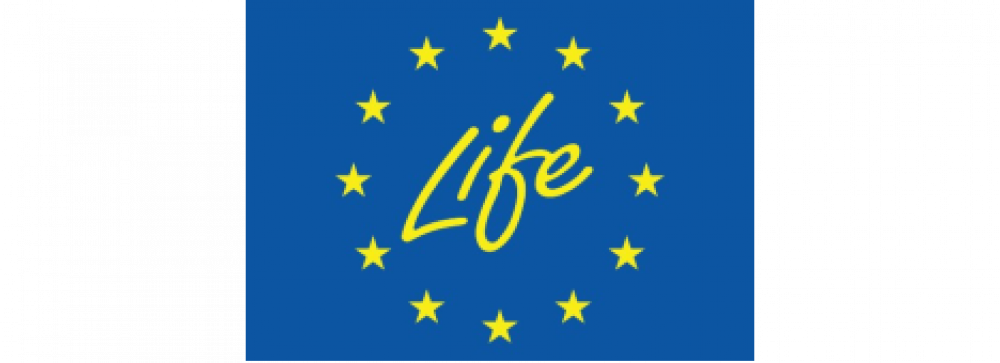Wildlife Conservation
In recent years, our effect on the planet has been devastating, with a massive decline in animal numbers and habitats across the globe. EAZA has never believed that keeping animals in our institutions replaces action in the wild - but experience also shows us that the knowledge and finance that we and our visitors can provide to field conservation projects can make a huge difference. EAZA believes that zoos and aquariums form one pillar of the structure that is needed to safeguard the future.
Our approach to species conservation, called the One Plan approach, recognises that zoos and in situ conservationists need not only to work together to protect animals, but also to engage the public of their communities to take the lead in demanding action from authorities, governments, corporations and themselves so that together we can reduce the stress on endangered species and their habitats.
EAZA Members:
- provide financial and human resources to help field conservation projects protect wild animals and their habitats
- work to ensure that many of the most endangered species populations in our zoos and aquariums are intensively managed to ensure their survival
- participate in EAZA conservation campaigns that draw our visitors' attention to the crisis in nature, raise funds and promote public involvement in conservation
- collaborate wherever possible with partners such as the International Union for the Conservation of Nature (IUCN) to provide assistance to their conservation activities
- conduct research which provides valuable insights into the protection of wild populations
In short, EAZA believes that the future of nature depends on all of us; and that EAZA zoos and aquariums can act as a portal for their local communities into conservation across the world.
EAZA Conservation Database and Map
The EAZA Conservation Database is an online tool to facilitate communication on conservation efforts of our Members within as well as outside of the zoo and aquarium community. Click here to visit the EAZA Conservation Database (Members only)
Interested in what projects, species and activities have been supported by EAZA Members and where these take place? The EAZA Conservation Map uses information from the EAZA Conservation Database to provide visitors of our website an insight. Click on the map to explore it! Functionalities within the EAZA Conservation Map are continually improving as our Members are making their information available over time.
The information represented in the EAZA Conservation Map is based on information provided by EAZA Members in the EAZA Conservation Database and believed to be reliable. EAZA makes a diligent effort to provide a complete and accurate representation of the data in reports, publications, and services. However, EAZA does not guarantee the accuracy, adequacy, or completeness of any information. EAZA disclaims all liability for errors or omissions that may exist and shall not be liable for any incidental, consequential, or other damages (whether resulting from negligence or otherwise) including, without limitation, exemplary damages or lost profits arising out of or in connection with the use of this information. No part of information gathered from the EAZA Conservation Map may be reproduced for use in hard copy, machine-readable or other forms without advance written permission from EAZA and the EAZA Members from which the information originates.
Conservation Database Snapshot of April: Ex situ conservation of the Critically Endangered Rhone streber
 Since 2019, EAZA Member Aquatis Aquarium-Vivarium de Lausanne has been involved in the conservation of the Rhone streber (Zingel asper).This relatively small, benthic fish lives in six disconnected populations in Europe, one of which is found in the river Doubs in Switzerland and the other five in the Rhône basin in the South of France.
Since 2019, EAZA Member Aquatis Aquarium-Vivarium de Lausanne has been involved in the conservation of the Rhone streber (Zingel asper).This relatively small, benthic fish lives in six disconnected populations in Europe, one of which is found in the river Doubs in Switzerland and the other five in the Rhône basin in the South of France.
The fish is an umbrella species for its habitat, which means its protection will ensure the survival of the entire river ecosystem. The populations of the Rhone streber have been declining dramatically since 2000 and the species is now classified as Critically Endangered according to the IUCN Red List. In summer 2021, the aquarium team searched for the fish in the river Doubs and spotted only one individual!
A strategy for an ex situ breeding programme was discussed in collaboration with many stakeholders* and presented to the Swiss authorities in December 2022. As a result, the female from the Doubs was transferred to Aquatis for breeding. As no males were found in the river in 2023, males with a broad genetic background originating from France were transferred to Aquatis from EAZA Member Citadelle de Besançon.
The multiple conservation projects that have taken place in France since 1998 provided useful insights helping Aquatis to breed the Rhone streber in their aquarium. After successful breeding in March 2024, around 600 hatchlings are currently being raised there.
As part of the Swiss National Action Plan for the Rescue of the Doubs, the government is in deliberation to release part of the ex situ-bred population into the river this year. Other initiatives in this Action Plan include the improvement of water quality and the protection from excessive tourism.
To read more about this project, visit the EAZA Conservation Database and the Doubs Vivant website.
* Basel Zoo, Museum Citadelle de Besançon, ProjetDoubs Vivant (Swiss Association for Fisheries, WWF Switzerland and Pro Natura), EAWAG, University of Bern, Natural History Museum Bern and University of Lausanne
2022 Snapshot updates
Find here the latest achievements of the projects highlighted in 2022 for the Conservation Database Snapshots. For a better view, click on the image. For more information about our Members' conservation work, visit our Conservation map.

